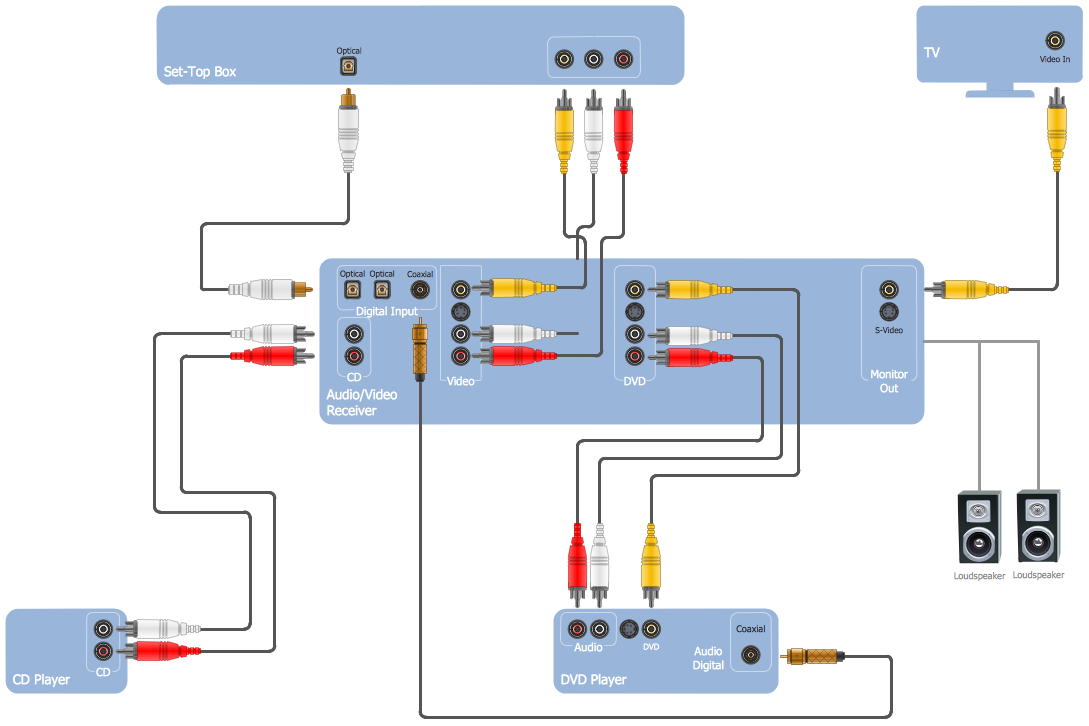Understand Tips To Implement the Ideal Surveillance System to Meet Your Safety Requirements
Understand Tips To Implement the Ideal Surveillance System to Meet Your Safety Requirements
Blog Article
When it comes to guaranteeing protection and safeguarding, choosing the appropriate CCTV setup is essential. Closed-circuit television (CCTV) systems are widely used for surveillance in various environments, such as homes, companies, and community spaces. These setups assist observe activities, deter crime, and provide valuable evidence in case of occurrences. Understanding the various components and characteristics of CCTV setups can aid individuals and organizations formulate knowledgeable choices that most satisfy their security needs.
One of the initial factors when choosing a CCTV system is the type of surveillance devices required. There are numerous varieties of devices available, including bulb cameras, projectile devices, and PTZ (pan-tilt-zoom) devices. Dome cameras are commonly employed for interior surveillance due to their subtle design, while projectile devices are more visible and are generally used outdoors. PTZ devices provide the capability to magnify in on particular locations and can be operated from a distance. Evaluating the particular environment and the areas that require surveillance will assist decide which kind of camera is most appropriate.
Another crucial factor to take into account is the resolution of the cameras. Increased resolution devices provide clearer pictures, which can be critical for identifying people or details in a setting. Typical resolutions include basic definition (SD), elevated definition (HD), and superior definition (UHD). While increased clarity devices may come at a increased cost, they can considerably improve the efficacy of a surveillance system. It is also crucial to consider the lighting circumstances in the location being observed, as some cameras are more suited to handle dim conditions than alternative options.
Storage choices are also a key aspect of CCTV setups. Video footage can consume up a substantial amount of space, so it is essential to choose a system with adequate capacity capacity. Many setups provide cloud storage, which allows for remote access helpful hints to recordings and can offer additional security in case of burglary or damage to the tangible storage. Alternatively, local options, such as electronic video recorders (DVRs) or network footage devices (NVRs), can be used. Comprehending the capacity needs based on the quantity of devices and the desired retention duration for recordings is vital for efficient surveillance.
Finally, the installation and upkeep of the CCTV setup should not be ignored. Expert installation can guarantee that cameras are placed in ideal spots for best surveillance. Additionally, routine upkeep is necessary to maintain the system functioning effectively. This entails checking camera positions, wiping optics, and making sure that software is current. Some systems also offer remote surveillance capabilities, enabling users to access live footage from their smartphones or laptops. This feature can provide peace of mind and enhance the overall efficacy of the safeguarding setup.
In summary, selecting the ideal CCTV system requires thoughtful consideration of various aspects, such as device types, clarity, capacity choices, and setup. By comprehending these elements, individuals and organizations can choose a system that efficiently meets their safeguarding requirements. A well-planned CCTV system not only helps discourage criminal activity but also offers valuable evidence when needed, rendering it an important expenditure for safety and security.